Enclosed breezeway - window problems
mommabird
11 years ago
Related Stories
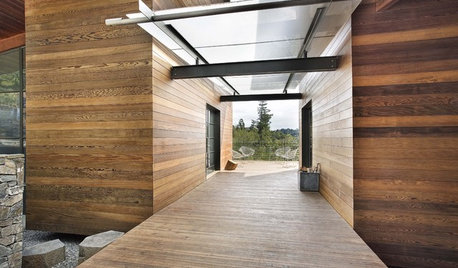
ARCHITECTUREBreezeways: Architecture's Cool Connections
Sheltered open passages link spaces, catch breezes and frame a great view
Full Story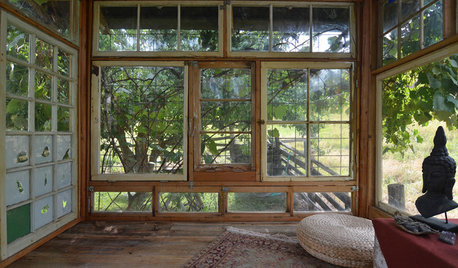
MY HOUZZMy Houzz: Meditation Room Made With Reclaimed Windows
An Oregon artist builds her dream — a Bali-inspired glass-enclosed spirit house
Full Story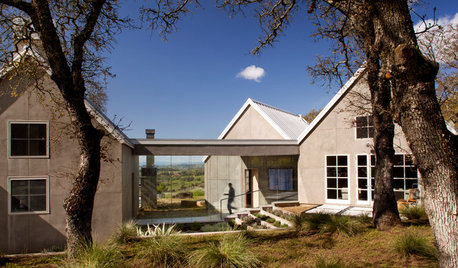
ARCHITECTURE7 Stunning Glass Walkways in Modern Homes
Enclosed but not hemmed in, these modern walkways provide a path between rooms and clear views of the landscape
Full Story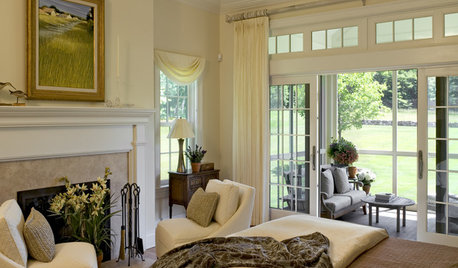
WINDOWSAwkward Windows and Doors? We've Got You Covered
Arched windows, French doors and sidelights get their due with treatments that keep their beauty out in the open
Full Story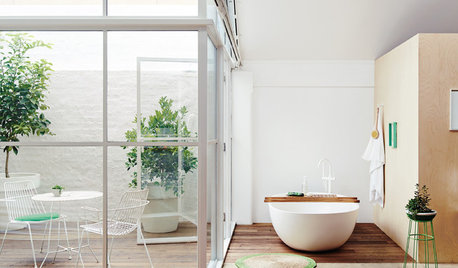
BATHROOM DESIGNWindows That Expose Your Bathroom to Light Without Exposing You
Enjoy the best of both worlds with window tricks that give you privacy along with the views and natural light
Full Story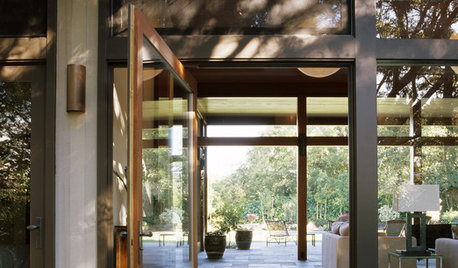
WINDOWS11 Ways to Create Indoor-Outdoor Connections
Expand nature's soothing embrace with sliding doors, covered porches, generous windows and more
Full Story
WINDOWSOpen Walls Widen Home Possibilities
Doing away with the boundary between indoor and outdoor living, open walls add space, light and drama to a home
Full Story
LANDSCAPE DESIGNIn Austin, a Backyard Wall Provides More Than Privacy
Designers solve a common privacy problem — and create some unexpected play — with a clever screening solution
Full Story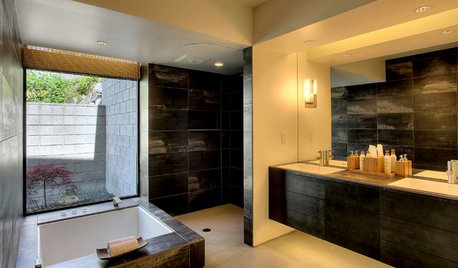
BATHROOM DESIGNPrivate Access: 12 Bathroom Windows That Reveal Only the Views
Be hidden but not hemmed-in with a strategically placed bathroom window that brings an outdoor view but not prying eyes
Full Story
INSIDE HOUZZThere’s a Party in the Backyard, Says a Houzz Landscaping Survey
Entertaining, growing edibles and solving problems are goals for homeowners planning to revamp their yards
Full Story







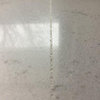
toxcrusadr
southerncanuck
Related Professionals
Barrington General Contractors · Deer Park General Contractors · Greensburg General Contractors · Milford Mill General Contractors · Plano General Contractors · Rancho Santa Margarita General Contractors · Valle Vista General Contractors · Wolf Trap Handyman · Lansing Home Builders · Lincoln Home Builders · Placentia Home Builders · Riverbank Home Builders · Spanish Springs Home Builders · Parkway Home Builders · Worcester Plumberssoutherncanuck